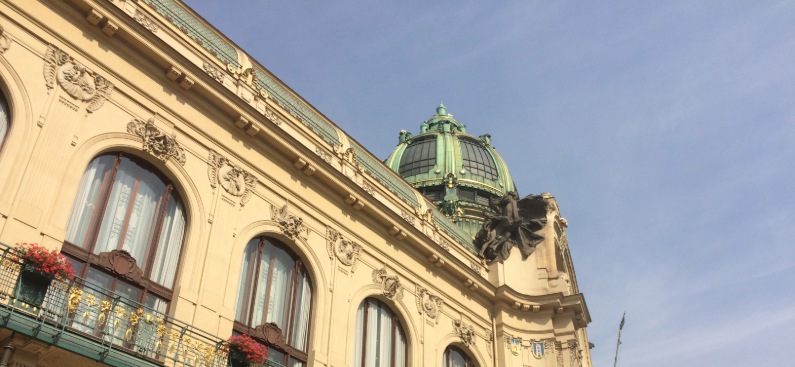After crafting iconic posters for the renowned actress Sarah Bernhardt, Alphonse Mucha, hailed as one of the foremost figures of the Art Nouveau movement, captivated Europe with his elegant artworks in soft tones. His creations featured alluring women surrounded by lush and exquisite natural landscapes. Nevertheless, upon returning to his native Czechoslovakia, he faced persecution by the Nazis during World War II. Following the Soviet invasion, his art was banished and fell into obscurity.
The end of the 19th century was characterized by the immense interest that numerous artists from around the world devoted to reinterpreting nature. The result of this new artistic vision was the emergence, especially in Europe, of groups such as the Vienna Secession in Austria, modernism in Spain, and Art Nouveau in France.
Art Nouveau, in particular, was enthusiastically embraced by artists of all kinds, from painters to sculptors and architects (such as Gaudí in Spain), as well as those dedicated to decorative arts. However, undoubtedly the foremost exponent of Art Nouveau, whose legacy has endured to this day, was the Czech-born artist Alphonse Mucha, born on July 24, 1860. Mucha was the creator of hundreds of posters, among which stand out the portraits he produced for the actress Sarah Bernhardt, which have become a global icon of art. Click HERE to read more about was Alphonse Mucha (1860-1939).
The Birth of a Poster Artist
Paris, Christmas 1894. In a printing shop, Alphonse Mucha was approached by a familiar figure: Sarah Bernhardt, the renowned actress. Unhappy with her current posters, she sought a new artist. Mucha rose to the challenge, creating a groundbreaking poster that captivated Bernhardt. This marked the beginning of a six-year collaboration. Mucha’s unique style, unlike Toulouse-Lautrec’s, portrayed Bernhardt as a divine figure, captivating Parisians and sparking a poster frenzy.
Designer of Brands and Jewelry
Mucha’s women, with their flowing hair and ornate attire, epitomized femininity amid nature, while his commercial success blurred the line between art and commerce. His iconic posters adorned products like Nestlé chocolates and promoted brands such as Moët & Chandon champagne and Bières de la Meuse beer. Beyond posters, Mucha ventured into jewelry design, collaborating with Georges Fouquet to create exquisite pieces like a gold and enamel snake bracelet for Sarah Bernhardt. Despite the changing artistic landscape, Mucha’s decorative brilliance endures, notably showcased in the preserved interior he designed for Fouquet’s Parisian jewelry store, now housed in the Carnavalet Museum.
The Slavic Epic
In the late 19th century, Alphonse Mucha’s fame soared, leading to commissions like decorating the Bosnia-Herzegovina pavilion at the 1900 Paris Exposition. Despite discomfort working for the Austro-Hungarian Empire, this experience inspired Mucha’s monumental “Slavic Epic,” financed by American Charles Richard Crane. Relocating to Prague in 1909, Mucha witnessed Czechoslovakia’s independence in 1918 and contributed to its new currency design. However, his life took a tragic turn with the Nazi invasion in 1939. Despite his conviction that art should unite, he was arrested and tortured. He died shortly after, leaving his “Slavic Epic” legacy, now housed in Prague’s National Gallery.
Reborn from the ashes

The popularity of the “Mucha Style” continues today, as his art has transcended time and trends. Mucha’s influence on graphic design is still strong. Find out more about his timeless legacy here.
At our art nouveau project we organise a full day private tour in Prague that will help you understand the path of Mucha in the Czech capital. CLICK HERE for more information about this private tour. Also in Prague we offer a shorter private tour, where you will see some hidden gems related to Mucha: CLICK HERE for detailed information on that tour.
As Paris was the city where Mucha spent a very important part of his working life, we organise a private tour there, with a focus on Mucha’s muse Sarah Bernhardt: CLICK HERE for more.




